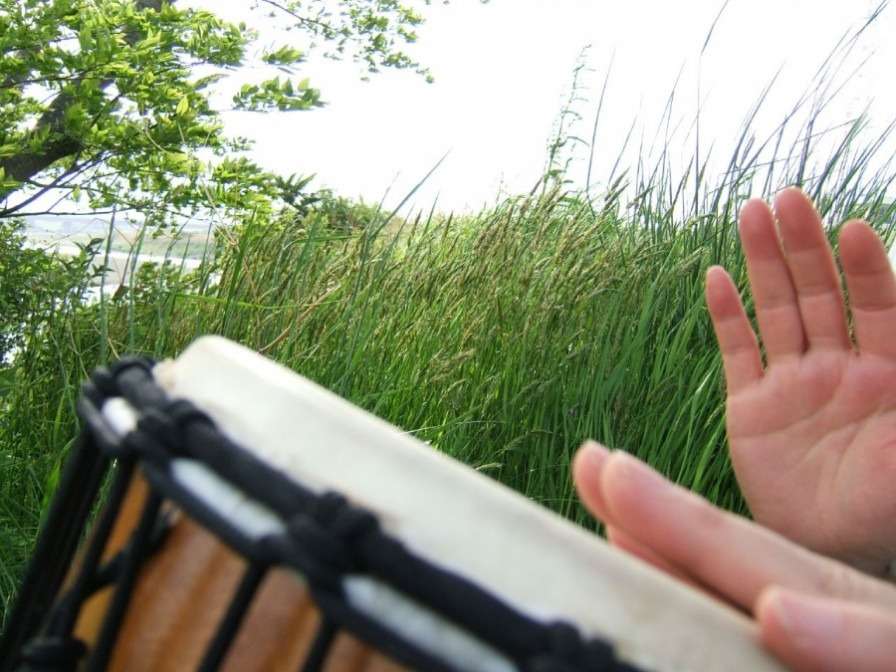An Environment to Make Music

The majority of music sessions that take place within our organisation actually happen in our music room - a room full of influence with pictures, interesting instruments, posters and comfy chairs...however I'm finding more often than not that this doesn't always provoke the most enriching results.
Working with young people who have a range of disabilities within a group I find is always a challenge to myself as a music leader because such vast differentiation in a group immediately requires extra thought when planning a session.
Our music room is located in a building next to our soft play room, computer room and main kids room. Therefore more often than not, young people will drop in and out to participate in music. I do my best to ensure that the music room is always welcoming, everything is working/assembled/turned on and that it is generally a great enivronment to explore and make music. Creating a safe environment is a key part to a young person feeling confident enough to learn.
Recently however, introducing variety to these sessions has created even more interesting results. I experimented by closing the music room, relocating to an alternative room, closing the curtains, putting some soft lights on, putting a projection of the sea on the wall and some sfx of waves in the background. I then set up some assisstive music technology such as iPads, a Soundbeam as well as some simple percussive instruments.
The results were immediately different! Just the fact that I had changed room was enough to spark an alternative type of engagement and curiosity. All the other sensory 'add-ons' just helped fuel the situation and the whole session was great throughout the day, creating some really good soundscapes.
The benefit of this situation was that we were still in the same building which the young people were used to. They still felt safe in their environment but the room change sparked a different type of engagement. This was great for our situation but we all understand that for some young people, too much change can have a negative effect.
Taking this further, we always like to encourage our young people to mix into the community. I now can take our drumming sessions into the woods or down by the river. The young people who used to tell me that they hated music when they refused to participate in sessions at the centre, were now imaging they were cave men banging the drums from years ago making as much noise as they could in the middle of the woods. A great success considering not only were they almost leading the session themselves, they were doing it using their own imagination and creativity.
Leading on from this as well, if we were to run Taiko drumming sessions at our centre - I'm certain that some young people wouldn't want to get involved at all as they might be more interested in playing computer or baking cakes. However, if we take these young people to the Taiko studio, the fact that before you enter the studio you need to remove your shoes and that the studio has a different type of flooring - immediately heightens the young persons excitement (and maybe even apprenhension). Either way though it sparks emotion, which inadvertantly is what making music is all about right?
For myself, a change in environment has produced some very interesting and new results from our young people. Furthremore, it can stop sessions going stale and adds some real variety to making music. Sometimes as a music leader we may think mainly about us the practitioner and the young people themselves and see this as the most important two-way relationship for making music. I think however it's important to remember there's a 3rd 'influence' in all of this, one which we can control, and this has just as much affect on our sessions as the relationship between the music leader and the young people. As we know there are 5 senses in our body and these all impact on how we think and feel.
This is just an intersting experience that I have found, and I'm also lucky in the fact that I am confident with the young people I work with after working with them for a young time and know them well. It might be worth thinking about this before changing things up too drastically if you were to implement it into your sessions, especially with young people with disabilites as would need to keep away from 'sensory overload'.
